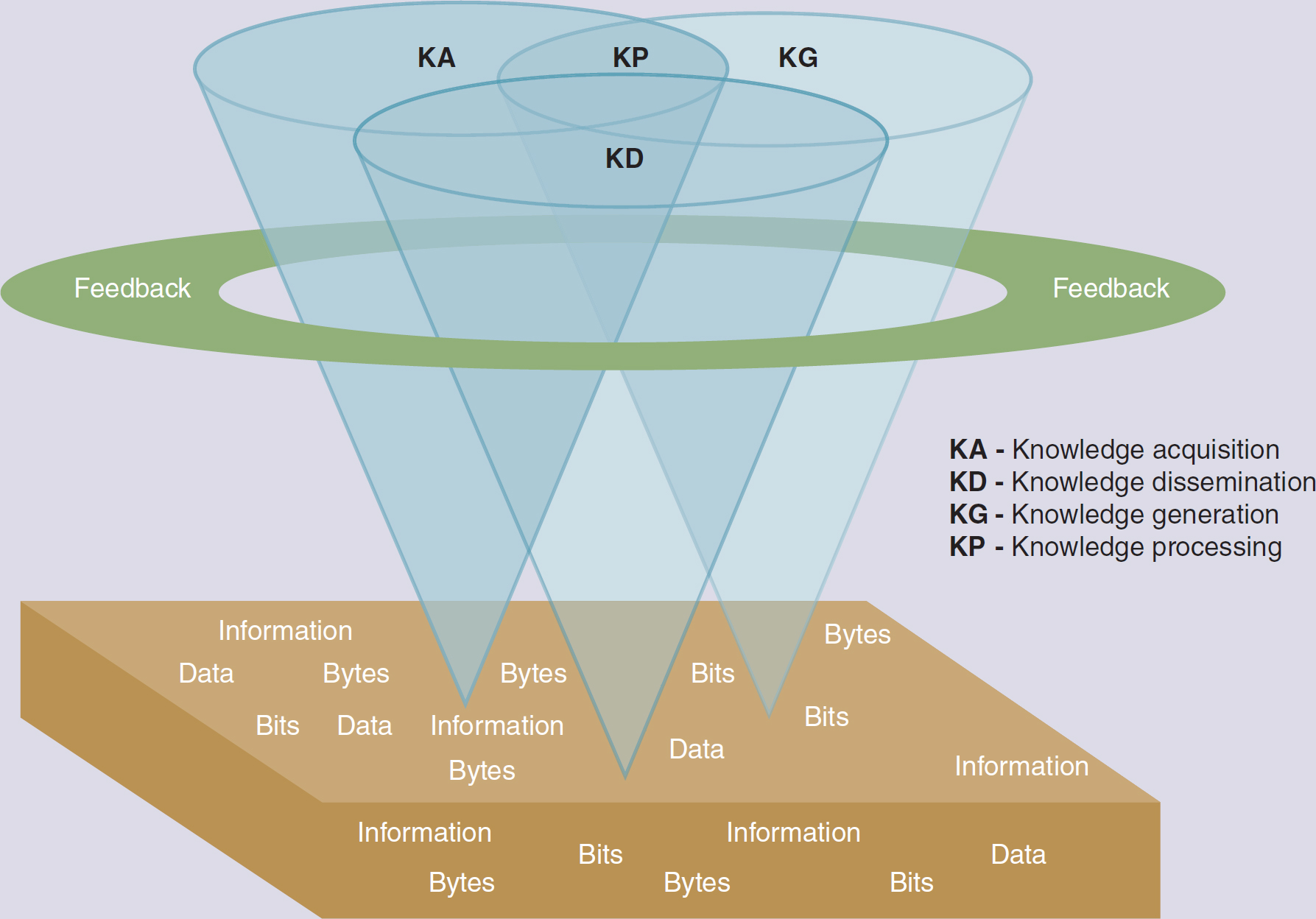
- Chapter 21 Nursing Research: Data Collection, Processing, and Analysis
- Chapter 22 Informatics
- Chapter 23 Generating and Translating Evidence for Practice
Nursing informatics (NI) provides more tools and capabilities than can at times be imagined. Just as NI has changed the way nursing is administered and practiced, so too has it dramatically altered research practices.
Nursing research has evolved with technology. In the era of evidence-based practice, clinicians must continue to think critically about their actions. What is the science behind interventions? Things must no longer be done a certain way just because they have always been done that way. Instead, one should research the problem, use evidence-based resources, critically select electronic and nonelectronic references, consolidate the research findings and combine and compare the conclusions, present the findings, and propose a solution. The nurse may be the first to ask why, thereby becoming a key player in making change happen.
NI enhances and facilitates collaboration; improves access to online libraries; provides research tool transparency for collection, analysis, and dissemination of research knowledge; and facilitates the development of a common data language. It provides organizational and informational support to advance translational research, helping to fill the gap between research findings and practice implementation. Repeat studies are needed to provide meaningful meta-analyses and systematic reviews of evidence to advance practice. Technology advancement in the area of incorporating evidence into clinical tools must continue. Removing the barriers to knowledge-seeking behavior and providing access to evidential resources promotes knowledge use and, in the end, improves patient outcomes. In addition, NI provides support for powerful research techniques, such as data mining, and research involving biological processes and genomics, which holds the promise of discovering new knowledge to improve clinical practices.
The material in this book is placed within the context of the Foundation of Knowledge model (Figure VI-1). Nursing research is conducted to generate knowledge that is used to meet the needs of healthcare delivery systems, organizations, patients, and nurses. In relation to the model, the nurse researcher is involved with every aspect, from acquiring (i.e., collecting) and processing (i.e., analyzing) data and information to generating knowledge and disseminating the results or findings (i.e., knowledge). Through this work, the researcher generates knowledge for the nursing profession, which is extremely important in the advancement of nursing science.
Figure VI-1 Foundation of Knowledge Model

An illustration depicts the structure of the Foundation of Knowledge model.
The model features a three-dimensional illustration of three entwined, inverted cones labeled K A, K G, and K D. The three labeled cones converge to create a new cone labeled K P. Encircling these cones is a feedback loop. The entire composition is situated on a platform featuring repeated words such as information, data, bytes, and bits. K A indicates knowledge acquisition; K D indicates knowledge dissemination; K G indicates knowledge generation; and K P denotes knowledge processing.
Designed by Alicia Mastrian